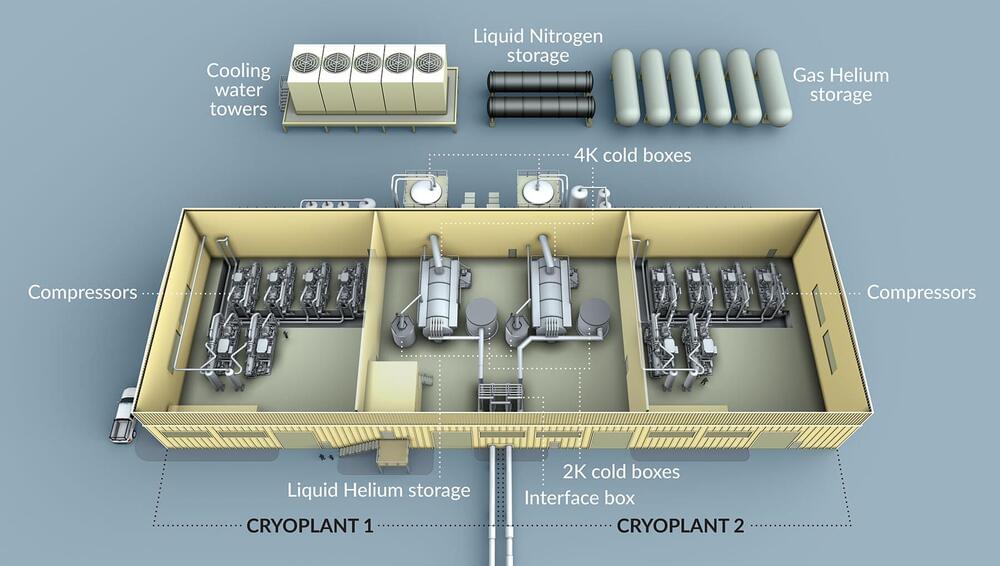face_with_colon_three circa 2007.
Firm sees income top €4bn for first time
 News2022-08-02T10:26:00Z.
News2022-08-02T10:26:00Z.
face_with_colon_three circa 2007.
Firm sees income top €4bn for first time
 News2022-08-02T10:26:00Z.
News2022-08-02T10:26:00Z.
Using the Large Phased Array (LPA) radio telescope of Pushchino Radio Astronomy Observatory (PRAO) in Russia, astronomers have detected seven new pulsars and determined their basic parameters. The finding is reported in a paper published August 18 on the arXiv pre-print repository.
Pulsars are highly magnetized, rotating neutron stars emitting a beam of electromagnetic radiation. They are usually detected in the form of short bursts of radio emission; however, some of them are also observed via optical, X-ray and gamma-ray telescopes.
Now, a group of Russian astronomers led by PRAO’s Sergey Tyul’bashev reports the detection of seven new pulsars. The discovery was made with LPA as part of a daily sky survey conducted in a test mode, covering a full day in right ascension and 50 degrees in declination. The new pulsars were detected at a frequency of 111 MHz.
Two massive galaxies are set to collide within the next few years revealing surprising details about galactic mergers.
Bolts of lightning struck several lightning towers surrounding the Artemis 1 mega moon rocket Saturday (Aug. 27), and there are epic photos showing just how it looked.
The MOXIE experiment has proven that a lunchbox-sized device can reliably produce oxygen from the Martian atmosphere.

Today it only takes one and a half hours to make a superconducting particle accelerator at the Department of Energy’s SLAC National Accelerator Laboratory colder than outer space.
“Now you click a button and the machine gets from 4.5 Kelvin down to 2 Kelvin,” said Eric Fauve, director of the Cryogenic team at SLAC.
Continue reading “Helium’s chilling journey to cool a particle accelerator” »
Astronomers’ beliefs are already being challenged by the telescope’s discoveries.
The famed James Webb Space Telescope, launched eight months ago and orbiting the sun a million miles from Earth, has started bringing up a number of questions for astronomers as its striking images flood in.
Unsurprisingly, the telescope has delivered some intriguing and exciting observations of the very distant universe. Surprisingly, these observations are not what astronomers thought they would be, as was first reported in the Washington Post.
Continue reading “Webb telescope is already challenging what astronomers thought they knew” »
A private space company called Redwire Corporation has announced plans for what it’s calling the “first-ever commercially owned greenhouse” in space.
Redwire is hoping to install the facility on the International Space Station no earlier than spring 2023. The startup was awarded a contract with the Center for the Advancement of Science in Space, which manages US lab operations on board the ISS.
The greenhouse is meant to serve as a testing bed for growing sustenance in a microgravity environment, which will be important as humans start to embark on longer trips through deep space.